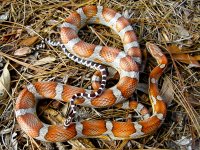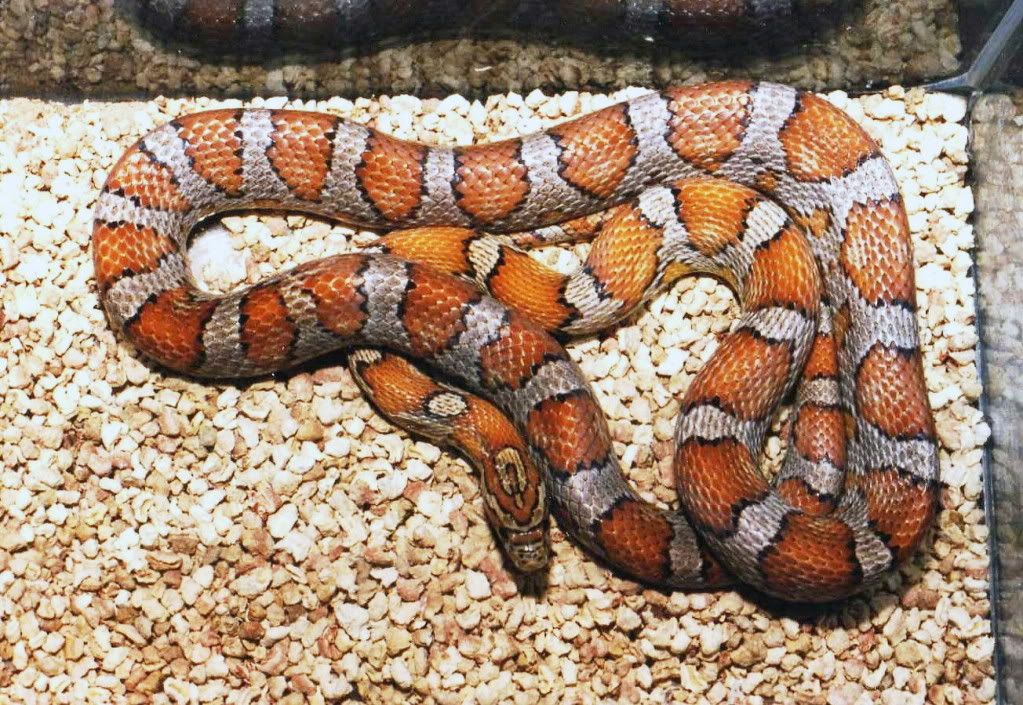snakehobbyist
New member
I am going to a reptile expo on Sunday and I am looking into getting a Miami Phase corn snake. I LOVE this morph. I know it's not fancy and it's rather "plain" and "normal", but I love it's sleek colors. I've never been a fan of overly "orangy" corns. I love greys and reds so this is perfect for me.
My question is this: can someone give me the lowdown on the genetics behind a miami? I've heard that's it's a selectively bred Okeetee and I've also heard it's just a selectively bred normal. I want to know so if I do breed him (I want a male since I have two females...my male ended up being female ), if I need a Miami phase female for him or if his genetics are like a normal so I can get a het amel and prove out my bloodred since she's a possible het...and I can breed him to my snow and get some amels and normals het amel/anery.
), if I need a Miami phase female for him or if his genetics are like a normal so I can get a het amel and prove out my bloodred since she's a possible het...and I can breed him to my snow and get some amels and normals het amel/anery.
I'll admit I know more about ball python genetics and since their genetics are co-dom, it's quite the switch to working with recessive genetics.
My question is this: can someone give me the lowdown on the genetics behind a miami? I've heard that's it's a selectively bred Okeetee and I've also heard it's just a selectively bred normal. I want to know so if I do breed him (I want a male since I have two females...my male ended up being female
I'll admit I know more about ball python genetics and since their genetics are co-dom, it's quite the switch to working with recessive genetics.




